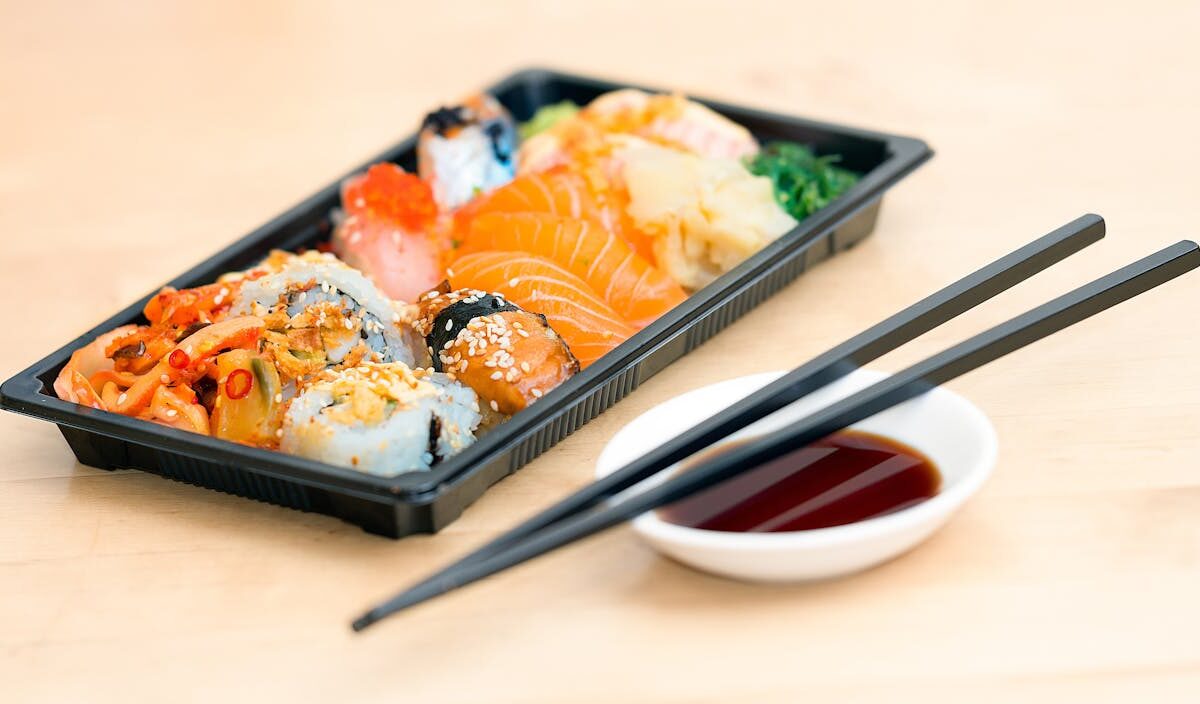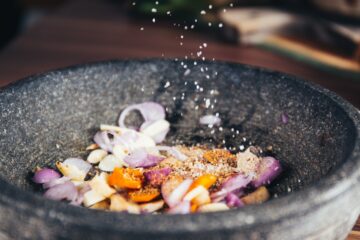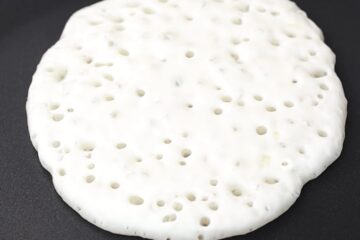A big part of experiencing Japan’s rich culinary history and wide range of flavors is trying the local specialties. For its careful preparation, fresh ingredients, and beautiful presentation, Japanese food is known all over the world. During your trip to Japan, you should make sure to try these eight foods before you leave.
1. Okonomiyaki Savory Pancakes
Okonomiyaki is a popular Japanese dish often referred to as a savory pancake or Japanese pizza. It consists of a batter made from flour, water or dashi (broth), eggs, and shredded cabbage. Additional ingredients like meat (usually pork) or seafood, green onions, and other vegetables are mixed into the batter.
The mixture is cooked on a griddle or pan and topped with okonomiyaki sauce, mayonnaise, bonito flakes, and seaweed flakes. Each region in Japan has its style of okonomiyaki, with Hiroshima and Osaka being famous for their variations.
2. Ramen
Ramen is a Japanese noodle soup known for its flavorful broth and chewy noodles. The broth can be made from pork (tonkotsu), chicken (shoyu), miso, or a combination of ingredients. Toppings often include sliced pork belly (chashu), boiled eggs, green onions, nori (seaweed), and bamboo shoots.
Ramen shops in Japan take pride in their unique recipes and often have long lines of customers eager to taste their specialties.
3. Tempura
Tempura consists of lightly battered and deep-fried seafood (such as shrimp and fish) and vegetables (such as sweet potato and bell pepper). The batter is made from flour, water, and sometimes eggs or baking soda to achieve a light and crispy texture.
Tempura is typically served with tentsuyu dipping sauce, made from dashi (broth), soy sauce, and mirin (sweet rice wine). It’s enjoyed as a main dish or as a topping over rice (tempura donburi).
4. Japanese Curry
Japanese curry is a comforting dish with a thick, mildly spiced sauce served over rice. The curry roux is made from a blend of spices including curry powder, garam masala, and other seasonings. It’s cooked with onions, carrots, potatoes, and meat (typically beef, pork, or chicken) until tender.
Japanese curry is slightly sweet compared to Indian or Thai curries, making it appealing to a wide range of palates.
5. Sushi
Sushi is perhaps Japan’s most famous culinary export, consisting of vinegared rice topped with fresh fish or seafood. There are many types of sushi, including nigiri (sliced fish over rice), maki (rolled sushi with seaweed), and sashimi (sliced raw fish without rice).
The quality of sushi in Japan is exceptional due to the freshness of ingredients and the skill of sushi chefs. Wasabi (Japanese horseradish) and soy sauce are commonly used as condiments.
6. Miso Soup
Miso soup is a traditional Japanese soup made from dashi broth (made from kombu seaweed and bonito flakes) and miso paste (fermented soybean paste). It usually contains ingredients such as tofu, wakame seaweed, green onions, and sometimes mushrooms or clams. Miso soup is served as a side dish with meals in Japan and is valued for its comforting and savory flavor.
7. Matcha
Matcha is a finely ground green tea powder made from shade-grown tea leaves. It’s known for its vibrant green color and is used to make traditional Japanese tea ceremonies. Matcha is also incorporated into various desserts and sweets such as matcha ice cream, matcha cakes, and matcha-flavored chocolates. It has a distinctive, slightly bitter taste balanced with a hint of sweetness.
8. Tonkatsu
Tonkatsu is a Japanese dish made of pork cutlets that are breaded and fried in oil. The pork is coated with flour, egg, and panko breadcrumbs, and then fried until golden and crispy.
It’s typically served with shredded cabbage, rice, miso soup, and tonkatsu sauce—a thick, sweet, and tangy sauce made from Worcestershire sauce, soy sauce, sugar, and other ingredients.
Explore Japan’s Diverse Culinary Offerings
Whether you’re sampling street foods in Osaka or savoring kaiseki in Kyoto, Japan promises a gastronomic adventure like no other. For more insights and tips on exploring Japan’s diverse culinary offerings, visit https://japantravellerguide.com/.




